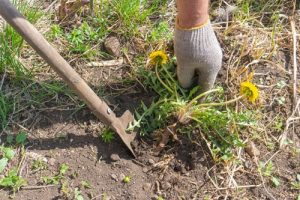As the days grow shorter and the leaves begin to fall, it’s easy to overlook the needs of your lawn. However, fall lawn care is crucial for ensuring your yard remains healthy and vibrant. This season provides the perfect opportunity to set your lawn up for success, helping it thrive when spring arrives. So, what can you do to prepare your lawn for the cooler months ahead? Let’s explore essential tips to keep your grass looking its best!
Why is Fall Lawn Care Important?
You might wonder, “Is fall lawn care really necessary?” The answer is a definite yes! During this time, grass is actively growing and preparing for winter. By taking action now, you can strengthen your lawn’s roots and improve its overall health. Additionally, proper care can reduce the chances of weeds and pests, allowing your yard to flourish come spring.








 How often you fertilize your lawn depends on its type, ingredients, quantity, soil texture, nutrient levels and many other factors. You need to consider all factors when deciding when to fertilize your lawn as part of your
How often you fertilize your lawn depends on its type, ingredients, quantity, soil texture, nutrient levels and many other factors. You need to consider all factors when deciding when to fertilize your lawn as part of your